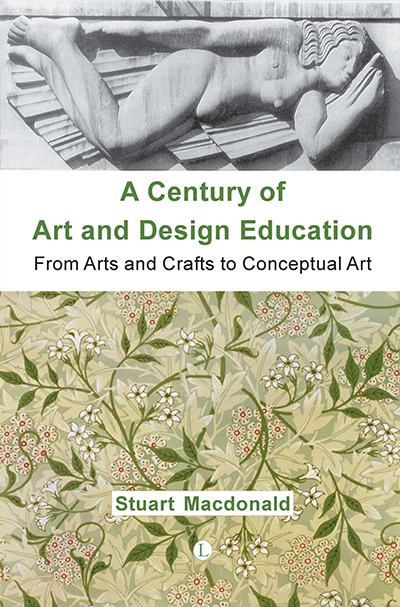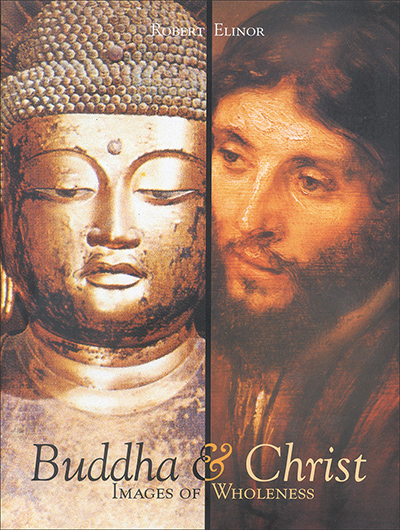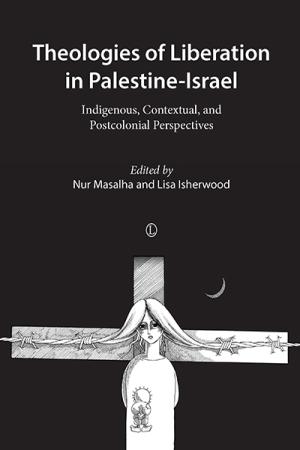Description
A fascinating and rigorously researched account of the ideas and influence of the artists and teachers who brought about the major advances in national art education during the nineteenth and twentieth centuries.
The outstanding artists to whom the Author gives special attention are: Walter Crane, C.R. Ashbee, R. Catterson-Smith, W.R. Lethaby, Fred Burridge and Fra Newbery. These adherents of Morris believed in the unity of the arts and crafts and in one of the central tenets of the Arts and Crafts movement: namely, that work should represent pleasure, rather than a resented duty. Furthermore, the same disciples insisted upon the students working from memory, as well as from life; together these approaches brought impressive gains for visual education.
This highly informative work examines each follower of the movement in turn and also looks at the role played by progress in Glasgow. The book concludes by confronting the dilemma faced by teachers of art and design, which has arisen from the contemplation of the ideas of Sir Herbert Read and the promoters of Conceptual Art.
About the Author
Stuart Macdonald gained an international reputation when The History and Philosophy of Art Education was first published in Britain, the USA and Japan. He holds an M.Ed and a PhD of Manchester University, and is a practising painter and book-illustrator who has taught students pottery, fabric-printing and book-crafts. This experience led him to write about the great teachers of the Arts and Crafts Movement, such as William Morris, Walter Crane, and W.R. Lethaby.
Macdonald has lectured on teachers’ courses at the Royal College of Art, at national conferences, and at many leading institutions of art education. In 1982 he was elected the founder editor of the Journal of Art & Design Education, which within four years had subscribers in over forty countries world-wide.
Contents
Preface
Introduction
1. Morris and the Guildsmen
2. Early Craft Education and the Endeavour of C.R. Ashbee
3. Searching for a Director of Design
4. Crane as Director at Manchester
5. Lethaby and Crane in London
6. An Experiment in Liverpool
7. Patterson-Smith in Birmingham
8. Burridge fights for Seniority for the Central School
9. Ashbee versus State Art Education
10. Glasgow Leads the Aay
11. Arts and Crafts to Conceptual Art
Table of Dates
Appendices
A. The St. George’s Society, ‘The Fifteen’, and the original members of the Art-Workers’ Guild
B. The French system of training architects in the 1890s
C. List of lectures given by Walter Crane at Manchester 1894-1986
D. The Staff of the Central School of Arts and Crafts
E. Description of the Arts and Crafts Museum at Manchester School of Art
F. Board of Education awards available to Art students 1914-1937
G. A student’s show of Arts and Crafts for the Art Teacher’s Diploma 1954
Index of Subjects and Places
Index of Names
Endorsements and Reviews
Stuart Macdonald is the founding father of the study of the history of art education in this country. He has now followed up his classic work The History and Philosophy of Art Education with a lively and interesting narrative of key moments in the development of art education from William Morris right through to Herbert Read, with a postscript on the rise of conceptual art. The book is enjoyable to read and very stimulating, and it raises issues which are still highly relevant today – perhaps more than ever.
Sir Christopher Frayling






